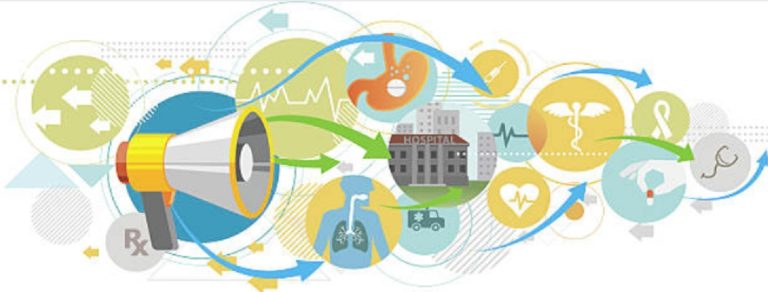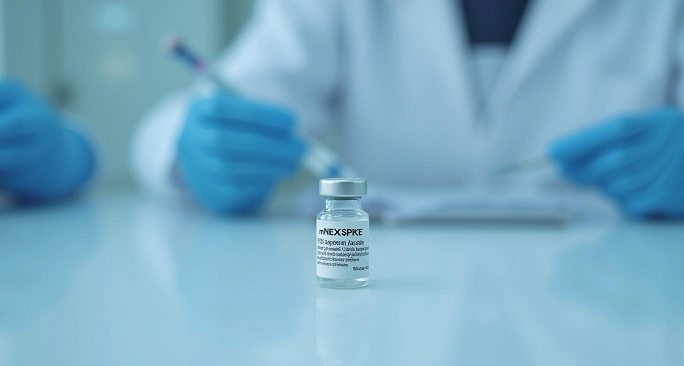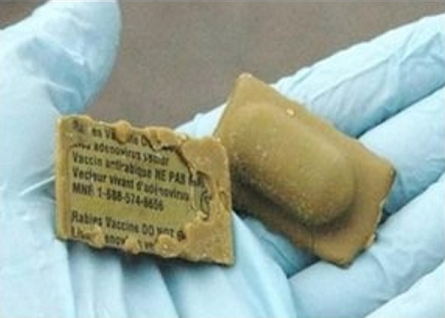A recent study published in The Journal of the American Medical Association (JAMA) shows that expenditures on medical marketing in the United States significantly increased between 1997 and 2016. The study showed that spending on medical marketing rose from $17.7 billion in 1997 to $29.9 billion in 2016.1
Health care spending in the U.S. is the highest in the world amounting to $3.3 trillion in 2016, which equals to 17.8 percent gross domestic product (GDP). In order to capture a share of this market, pharmaceutical companies, health care professionals, device manufacturers and medical trade organizations use a wide variety of promotional and marketing strategies to increase the sale of their products.1
The authors of the study, Lisa Schwartz , MD and Steve Woloshin, MD explain how medical marketing works:
The marketing of medicine involves a complex interaction involving industry, organizations, and individuals involved in health care. Pharmaceutical and device manufacturers target health care professionals and health care organizations, and these companies, along with those that manufacture other clinical products and consumer-based products, target various health care organizations and audiences to generate sales directly (such as with marketing toward consumers, clinicians, pharmacy benefit managers, insurers, and employers) and indirectly (by funding patient advocacy organizations and opinion leaders who in turn generate interest in drugs, devices, testing, and other services).1
The study reveals that the highest increase in medical marketing was in direct-to-consumer (DTC) advertising, which increased from $2.1 billion (11.9 percent) of total spending in 1997 to $9.6 billion (32 percent) in 2016 of the total spending in 2016. Interestingly, DTC prescription drug advertisements increased from $1.3 billion (79,000 advertisements) to $6 billion (4.6 million advertisements), with a heavy shift focusing on biologics (vaccines) and cancer immunotherapies.1
According to Dr. Woloshin, “There’s evidence when you reach out to consumers, they’re more likely to choose advertised drugs even when there are good effective lower-cost alternatives. So it’s effective. It’s also a way to get around doctors, not just for drugs but for services, too.”2
The authors of the study state that, “Although spending on DTC advertising for prescription drugs and health services increased the fastest, spending on pharmaceutical marketing to professionals consistently accounted for most promotional spending, despite efforts to limit industry entanglements. Although marketing expanded over 20 years, regulatory oversight remains relatively limited.”1
References:
1 Schwartz L, Woloshin S. Medical Marketing in the United States, 1997-2016. JAMA 2019; 321(1): 80-96.
2 Synder Bulik B. Medical marketing spend is inching toward $30B, and DTC’s share is growing. FiercePharma Jan. 10, 2019.













3 Responses
Fear-based vaccine marketing is expensive.
Concerning direct to consumer marketing of drugs, several bad impacts have resulted. One is disease mongering, which has contributed to the over diagnosed over drugged health problem of poor health and premature deaths from properly prescribed and consumed pharmaceutical drugs, nearly 110,000 deaths per year. The source is Barbara Starfield, MD, MPH, JAMA, July 26, 2000. Nothing has improved in almost 19 years. The second is the advertising money becomes like an addiction for the news media. In non-election years, Big Pharma advertising constitutes 70% of advertising revenues for major media outlets. If a news outlet has an investigative journalist with a story detrimental to Big Pharma, a simple call to the news marketing department from the ad agency representing Big Pharma will shutdown the story from threats of losing advertising money. Some news media outlets have a board member from Big Pharma.
Concerning DTCPA, direct to consumer pharmaceutical advertising, approved by Congress in 1997, there are two detrimental effects as a result of this direct marketing. The first is disease mongering, meaning the people are over diagnosed, over prescribed, and over drugged. The medical profession is the third leading cause of death in this country, behind hearth disease and cancer. The medical profession may be the leading cause of death if independent pathologists performed autopsies to determine if any of the heart diseases and cancers are iatrogenic. Deaths from properly prescribed and consumed prescription drugs cause near 106,000 deaths per year, according to Barbara Starfield, MD, MPH, in JAMA, July 26, 2000. The second detrimental effect of DTCPA is the revenues made by the news media become a leverage to use by Big Pharma to shut down any investigative journalism on crimes by Big Pharma. Many news organizations have a board member who is also working for Big Pharma. So even if a journalist has a story detrimental to Big Pharma that may adversely impact profits, an ad agency representing Pharma will call the marketing department at the news organization and threaten canceling the advertising account, losing millions for the news organization. Management at the news organization will always kill the story.